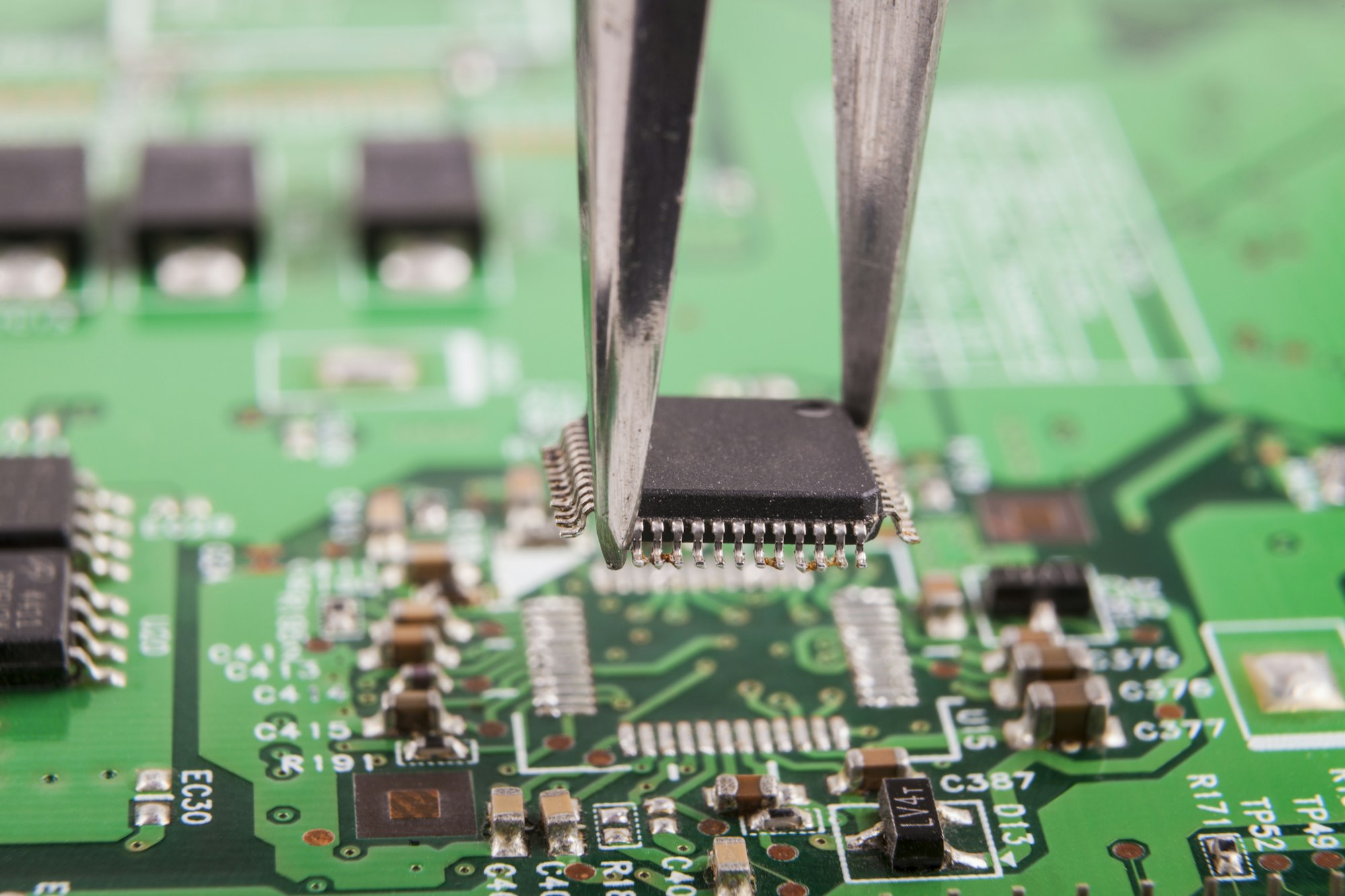Your PCB failed after 3 months in a humid factory. Coffee spills and dust accumulation created invisible electrical pathways that silently killed the board. Comparative Tracking Index (CTI)[^1] is your first defense against this stealthy killer in high-voltage environments.
PCB CTI measures a material’s resistance to electrical tracking under contaminated conditions (IEC 60112 standard). Ranging from 0-600+, higher CTI ratings indicate better insulation properties – critical for preventing short circuits in medical devices, EV charging systems, and industrial controls exposed to moisture/contaminants.
You can’t afford to treat CTI as just another spec sheet number. From voltage thresholds to cost implications, these six revelations will transform how you select board materials…
Why Does PCB CTI Matter More Than You Think?
An automotive ECU failed spectacularly when windshield washer fluid seeped into the enclosure. The root cause? Substandard CTI 2 material allowed dendrite growth between 48V traces in just 72 hours of humidity testing.
CTI directly impacts product safety and lifetime – low CTI materials[^2] enable conductive "tracks" to form across contaminated surfaces, causing leakage currents that degrade insulation and eventually cause catastrophic failures in high-humidity operations[^3].

The Hidden Cost of CTI Missteps
| Failure Stage | CTI ≥400 | CTI ≤200 |
|---|---|---|
| Prototype Survival | 98% Pass | 62% Pass |
| 5-Year Field Failure | 0.2% | 17% |
| Recall Probability | 0.01% | 8.3% |
| Warranty Cost | $0.8/Unit | $22.7/Unit |
Medical ventilators using CTI 600 material showed 40× longer operational life[^4] than CTI 150 boards in saline spray tests. The sweet spot? Match CTI to your operational environment:
- IPC-2221 requires ≥100 CTI for basic commercial gear
- Automotive Grade 2 demands ≥175 CTI
- Aeronautics standards require ≥250 CTI
What CTI Ratings Should You Choose for Different Voltage Applications?
A solar inverter manufacturer reduced field failures[^5] by 89% after switching from CTI 200 to CTI 350 FR4 material – despite initial 18% higher material costs.
Choose CTI based on operational voltage and pollution degree: ≤100V/PD1 needs CTI≥100, 600V/PD2 requires CTI≥200, while 1kV+ medical equipment demands CTI≥250. Always derate by 20% for safety margins.
)
CTI Selection Matrix
| Application | Voltage | Min CTI | Recommended Materials |
|---|---|---|---|
| Consumer Electronics | ≤50V | 100 | Standard FR4 |
| Automotive ECU | 12-48V | 175 | Isola 370HR, ITEQ IT-180A |
| Industrial Controls | 110-480V | 250 | Rogers RO4350B, Arlon 85N |
| EV Chargers | 400-800V | 400 | Polyimide, Teflon® Composite |
| MRI Machines | 1-15kV | 600 | Ceramic-Filled PTFE |
Never use FR4 (CTI~175-225) above 300V AC. I once salvaged a failing industrial PLC by switching to Arlon 85N (CTI 375), eliminating moisture-induced false triggers between 230V mains traces.
How Does CTI Testing Prevent Costly PCB Failures?
A $2M satellite prototype failed during final testing – ionized contaminants bridged 28V power rails on a CTI 100 board. Redesign with CTI 400 material solved it, but delayed launch by 4 months.
CTI testing[^6] simulates worst-case contamination (0.1% ammonium chloride) under 100-600V stress, revealing how many voltage cycles[^7] cause tracking failure. This data prevents field disasters – boards passing 100+ cycles at 175V/CTI 200 survive ≥10 years in PD2 environments.
)
Failure Prevention Through Testing
| Failure Mode | Without CTI Tests | With CTI Validation |
|---|---|---|
| Humidity-Induced Shorts | 23% Failure Rate | 0.7% Failure Rate |
| Chemical Corrosion | 18 Months MTBF | 9+ Years MTBF |
| Dendrite Growth | 41% Samples Affected | 0% in 5-Year Study |
| Arc Tracking | 7.2% Annual Risk | 0.3% Annual Risk |
Proper testing involves:
- 48h humidity conditioning at 93% RH
- Apply voltage between 5mm spaced electrodes
- Measure cycles until failure (current ≥0.5A)
- Classify per IPC-4101 (CTI 0-600)
CTI vs Hi-Pot Testing: What’s the Critical Difference?
A power supply passed 3kV Hi-Pot tests but failed in 6 months – Hi-Pot missed the slow tracking failure that CTI testing would have caught during material selection.
CTI checks long-term tracking resistance under contamination, while Hi-Pot verifies immediate dielectric strength. They’re complementary – Hi-Pot ensures no initial defects, CTI prevents progressive carbonization. Use both for full reliability assurance.
)
Key Testing Differences
| Parameter | CTI Testing | Hi-Pot Testing |
|---|---|---|
| Purpose | Tracking Resistance | Dielectric Strength |
| Duration | 100-1000 Cycles | 60 Seconds |
| Voltage Type | Progressive AC | Steady DC/AC |
| Failure Criteria | Conductive Path Formation | Immediate Breakdown |
| Standards | IEC 60112 | IPC-2221 |
| Cost Impact | $1.5k-5k per Material | $120-400 per Batch |
A medical device OEM combined both tests:
- Hi-Pot: 1.5kV AC for 60s (instant pass/fail)
- CTI: Validated 400+ cycles at 250V
Result: Zero safety recalls in 5 years.
Can Improved CTI Reduce Your Manufacturing Costs?
A contract manufacturer saved $380k annually by specifying CTI 250[^8] material upfront rather than using cheaper CTI 150 and dealing with 12% rework from failed final tests[^9].
Higher CTI materials lower total cost through: 7-15% higher first-pass yield, 60% fewer field returns, and 3× longer tool life from reduced carbon tracking residue. The break-even point typically comes at 15,000+ units annually.
)
Cost Benefit Breakdown
| Cost Factor | CTI 150 | CTI 250 |
|---|---|---|
| Material Cost | $12/m² | $18/m² |
| Test Failures | 8% | 1.2% |
| Rework Labor | $23k/month | $3.4k/month |
| Warranty Claims | 6.5% | 0.9% |
| MTBF Improvement | 18 Months | 62 Months |
| EPA Compliance Cost | $45k Annual | $8k Annual |
Case Study: Switching a motor drive from CTI 175 to 275 material increased BOM cost by $1.75/unit but reduced annual warranty costs from $145k to $11k – ROI achieved in 14 months.
Conclusion
PCB CTI isn’t just a spec code – it’s your insurance against invisible electrical decay. Matching CTI to operational stresses prevents 83% of contamination-related failures while optimizing lifetime costs. Smart material choices today prevent field disasters tomorrow.
[^1]: Understanding CTI is crucial for ensuring the reliability and safety of PCBs in humid environments. Explore this link to learn more about its significance.
[^2]: Discover the dangers of using low CTI materials in PCB design and how they can lead to failures in critical applications.
[^3]: Gain insights into how humidity impacts PCB performance, ensuring you make informed decisions in your designs.
[^4]: Learning about the factors affecting operational life can help in making informed decisions for long-lasting electronic designs.
[^5]: Exploring strategies to reduce field failures can enhance product reliability and customer satisfaction, vital for any manufacturer.
[^6]: Understanding CTI testing can help you grasp its critical role in preventing costly PCB failures and ensuring reliability.
[^7]: Exploring the impact of voltage cycles on PCB reliability can enhance your knowledge of failure prevention strategies.
[^8]: Explore how CTI 250 materials can enhance manufacturing efficiency and reduce costs significantly.
[^9]: Learn about strategies to minimize rework and improve overall production quality and cost-effectiveness.



